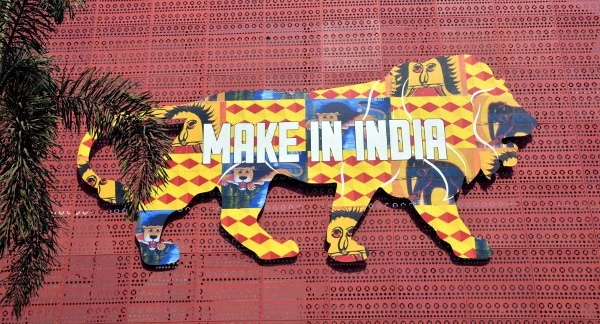India is looking towards local industries in an effort to indigenise production of clothing and equipment
Gloves for Siachen from Myanmar, sleeping bags for the glacier from Sri Lanka, specialised boots for the army from Italy – for a long time India has depended on foreign companies and manufacturers to clothe its armed forces, many of whom operate under extreme weather conditions. But the country is now looking towards local industries in an effort to indigenise production of key equipment.
Chief of Defence Staff General Bipin Rawat recently visited a clothing manufacturer in Bengaluru who could potentially supply sleeping bags, camouflage tents and jackets to the military, according to a report in the Hindustan Times.
The visit came as the Ministry of Defence recently notified the second negative import list of 108 items that can now be purchased only from indigenous sources.
The first list of 101 items was notified on August 9, 2020. With the May 31 notification, the total number of items on the list – now called the ‘positive indigenisation list’ – goes up to 209
The latest guidelines will be implemented in a phased manner, with restrictions on 49 of the 108 items coming into effect from December 2021. Twenty-one items will be placed in the list in December 2022, 17 in December 2023, 13 in December 2024 and a further eight items in December 2025.
As the country’s indigenisation efforts gather pace, the defence ministry is “looking at the kind of clothing that can sustain our soldiers in the kind of extreme cold climate (near northern borders of Ladakh) and in the hot, dry and humid climate in the deserts and the north-eastern regions where we have the jungle and semi-mountainous terrain”, the CDC told an event organised by industry body FICCI earlier this year.
“As of now, a large amount of clothing for the armed forces is being imported but in the past one or two years, there has been a lot of innovation by the Indian industry as far as high altitude clothing is concerned,” he said.
While all stakeholders in the defence establishment are on the same page as far as indigenisation is concerned, the fact remains that India still imports military clothing and equipment from abroad despite a thriving local textile industry.
During his visit to Bengaluru, the CDC was told that the requirements of the military were such that Indian manufacturers found it difficult to compete with foreign companies, the HT said.
For instance, the snow parkas were tested for being rainproof despite the fact that it never rains in Siachen Glacier – a high-altitude zone, the HT said.
There is no reason for them to seek foreign manufacturers when the same quality is available with Indian textile manufacturers. Or, there is always an option of asking the company to set shop in India under the Atmanirbhar Bharat initiative,” the newspaper quoted a defence ministry official as saying.
India has a large defence industrial base comprising 39 ordnance factories, nine defence PSUs, 150 companies in the private sector and 50 dedicated research laboratories and establishments under the umbrella of DRDO.
Writing for The Print website, Lt Gen (Retd) HS Panag said that India’s defence exports in 2018-19 were worth ₹10,745 crore, but the country was also the second largest defence importer, accounting for 9.5 per cent of the global market share.
Source: The Federal
You may also like
-
IAF Aircraft Set Course For Exercise Eastern Bridge VII At Oman
-
IAF Set To Host The Indian Defence Aviation Exposition-II At Jodhpur
-
Defence Secretary to co-chair 5th India-Philippines Joint Defence Cooperation Committee meeting in Manila
-
Simultaneous Launch Of ‘malpe And Mulki’, Fourth And Fifth Ships Of Asw Swc (Csl) Project
-
Aatmanirbharta in Defence: MoD signs Contract with HAL for 240 AL-31FP Aero Engines for Su-30MKI Aircraft
